Arts & Culture
Experience Your Sushi Like None Other with SUSHISAKE
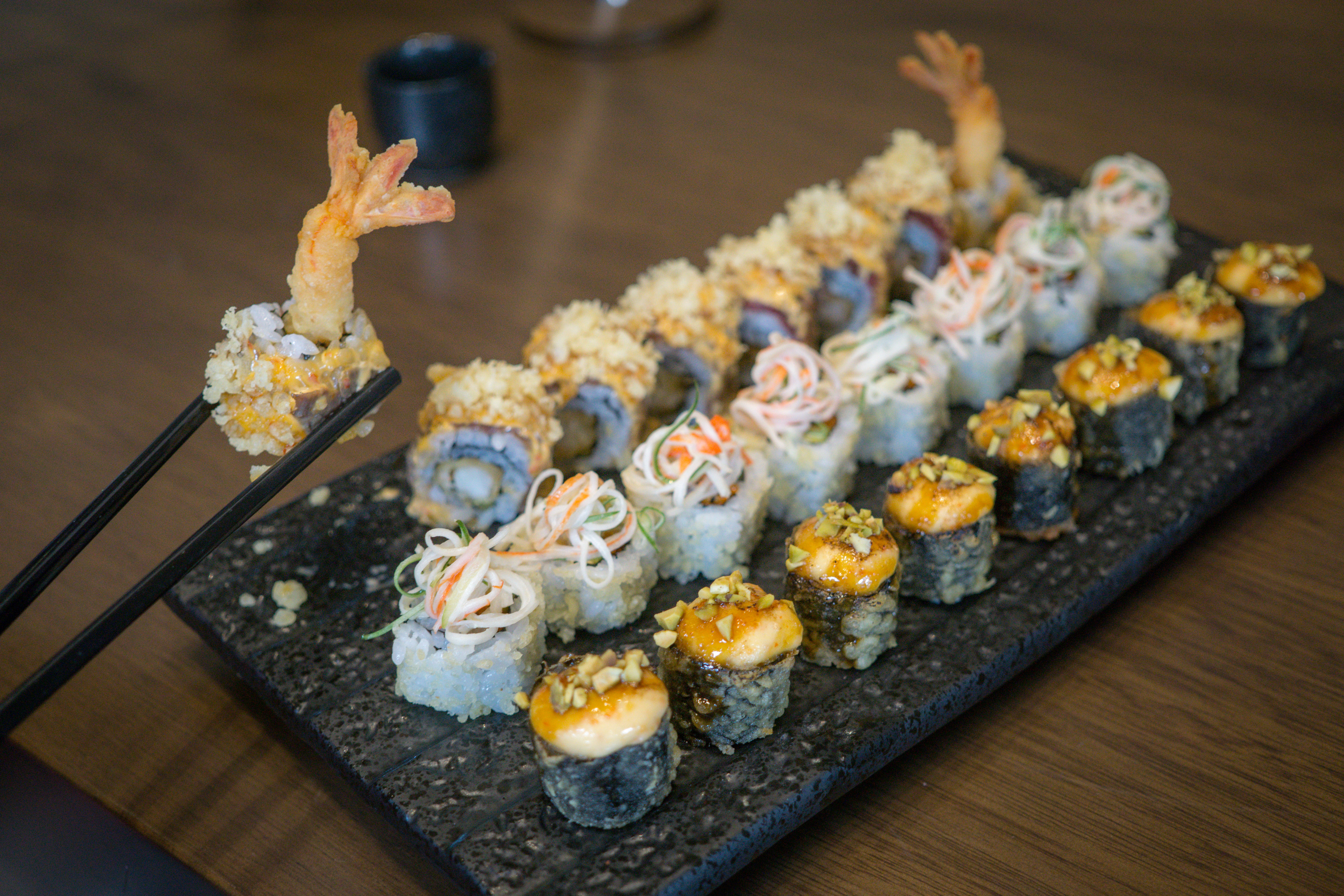
What I’d gathered from years of eating in sushi restaurants whenever the craving struck (which happens once a week, honestly), is that making sushi is truly an art form. The meticulous knife techniques, the understanding of what flavors work together, and the careful assembly all come together to create one of the most recognizable dishes in the world—a true testament to the skill of the chef who prepares it.

It’s no surprise, then, that when Radisson Blu Cebu decided to open a Japanese restaurant in one corner of the lobby, finding a chef was the most important item on the agenda. “We had ‘auditions’ for the chef,” marketing communications manager Lara Agua tells me as we settled into our seats at the restaurant’s only long table. “Chef Jeff,” she continues, referring to Chef Jeff Yalung, who ended up at the helm of SUSHISAKE, “flew in from the Middle East and cooked for the management. When they tried his sushi, they knew that he was it.”
Hailing from Nueva Vizcaya, the chef is soft-spoken, but his passion and mastery of the craft is evident as I ask him about his creations. “It’s the sauces and the marinade,” Chef Jeff answers when I ask him about what sets his sushi apart from the many other variations in the city. “They’re all my own recipe. I really think about what goes well with the fish, so that all the flavors come out.”
With ten years of experience in international hotel brands in Ras al Khaimah, Abu Dhabi and Dubai, he had started out as a sous chef who had worked closely with the sushi chef in the kitchen. When the itamae left, Chef Jeff asked to take over the position. Since then, he continues to take inspiration from the cities he’s lived in and the dishes he’s tried, bringing them together to create his own unique take on the Japanese favorite.

The glowing introduction had gotten me especially curious about the sushi. Chef Jeff brings out a selection of makimono rolls to the table, some of which had become fast crowd favorites and the others off-menu specials. “The menu is actually very limited, so when you’re here, ask me for the specials,” Chef Jeff reveals.
“Depending on what we have, we can create something different for you.”
A specialty that’s on the menu, though, is the Dynamite Roll—the roll features tuna, salmon, and white fish fried with tempura batter, all topped with creamy crab and finished off with a flame torch, which presents an interesting combination of flavors and textures that make every bite seem better than the last. Other specialties include the Surf & Turf, an ebi tempura roll wrapped in beef tenderloin and topped with a savory sauce and tempura flakes, and the Special California Roll, what seems like an overflowing version of the staple maki.

The sushi and sashimi presentation of the Chef’s Special can only be described as a work of art—served in a bowl, the sashimi slices are tucked into a circular ice sculpture, each hand-shaped and kept in the freezer overnight, while the sushi sits on a bamboo mat over the crushed ice.
Of course, the other half of the name is Sake, and the restaurants serves up a selection of sakes that are meant to be enjoyed with your food. A waitress came with two varieties for us to try out, but it was the Gekkeikan Sparkling Sake that stood out for its fizzy, slightly sweet taste that complemented the stronger flavors of the fish.
As soon as we finished off the last roll, a trio of desserts arrived—the Sesame Seed Panna Cotta and Coconut Ice Cream, the Mochi Ice Cream, and the Yuzu Tart with Sake Meringue and Green Tea Ice Cream. The combination of tart, sweet and tropical flavors made the selection as much of a palate cleanser as it was to wrap up the meal. “The desserts are prepared at Feria, but only served here,” Lara explains.

With sophisticated modern interiors, the 21-seater SUSHISAKE is the latest addition to Radisson Blu’s dining selection. “We had to think about the cuisine that we wanted to serve, something that would appeal to locals and the tourists coming in,” Lara continues. In the end, the influx of Japanese visitors spurred them to create a dedicated Japanese restaurant. “There was always the Japanese section of Feria, but this gives us the chance to offer a more authentic, more premium selection. Plus, Cebuanos really love sushi,” she adds.
There’s certainly more to love about sushi here. Chef Jeff was right—his sauces and marinades really do make all the difference at SUSHISAKE. By adding different degrees of flavor to the fish and other ingredients, he ensures that everything coming from the restaurant’s open kitchen is a celebration on the palate and, if I may, a work of art.
Radisson Blu Cebu,
Serging Osmeña Blvd. corner Juan Luna Ave., Cebu City
(032) 402 9900
Arts & Culture
Visayas Art Fair Year 5: Infinite Perspectives, Unbound Creativity
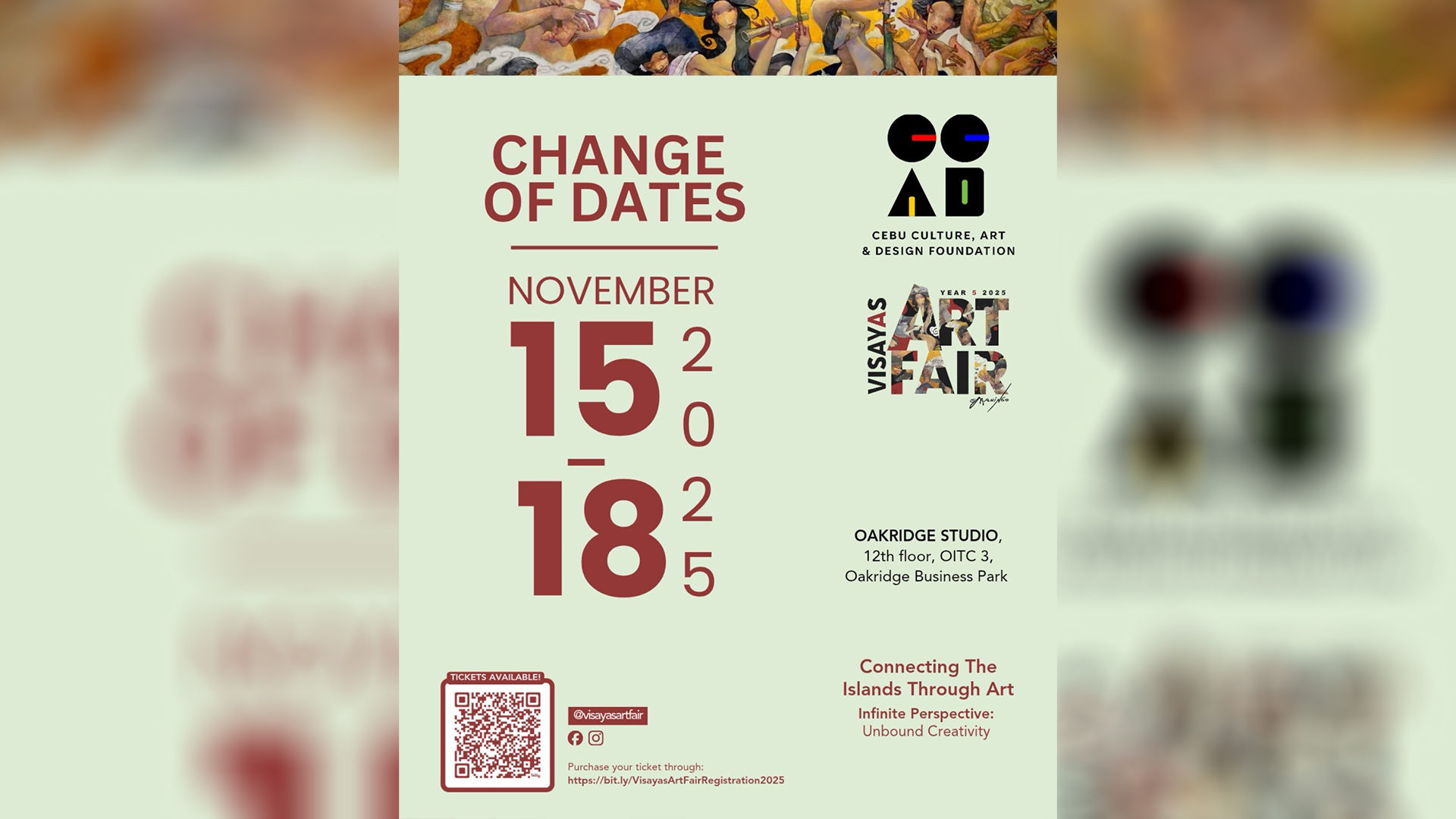
by Jing Ramos
This year’s Visayas Art Fair marks its 5th anniversary, celebrating the theme “Infinite Perspectives: Unbound Creativity.” The fair continues its mission of bridging creativity, culture, and community in the country. This milestone edition strengthens its partnership with the National Commission for Culture and the Arts and expands collaborations with regional art organizations and collectives—reinforcing its role as a unifying platform for Philippine art.
VAF5 features the works of Gil Francis Maningo, honoring the mastery of his gold leaf technique on opulent portraits of the Visayan muse Carmela, reflecting spiritual awareness.

Gil Francis Maningo is celebrated for his gold leaf technique.
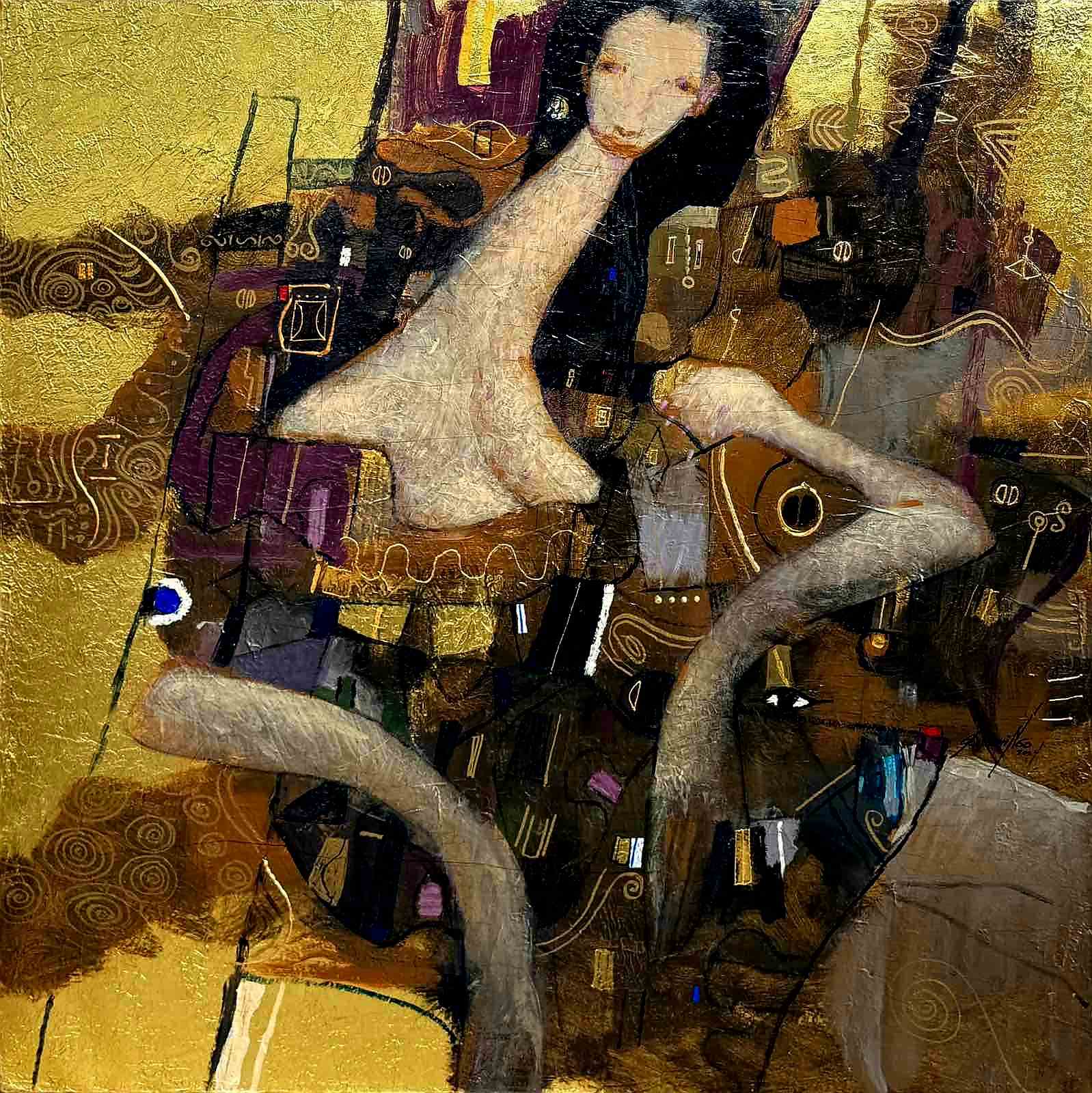
Gil Francis Maningo’s recurring theme of his Visayan muse “Carmela”.
Another featured artist is Danny Rayos del Sol, whose religious iconography of Marian-inspired portraits offers a profound meditation on the sacred and the sublime. This collaboration between two visual artists sparks a dialogue on the Visayan spirit of creativity and resilience. Titled “Pasinaya,” this dual showcase explores gold leaf as a medium of light and transcendence.
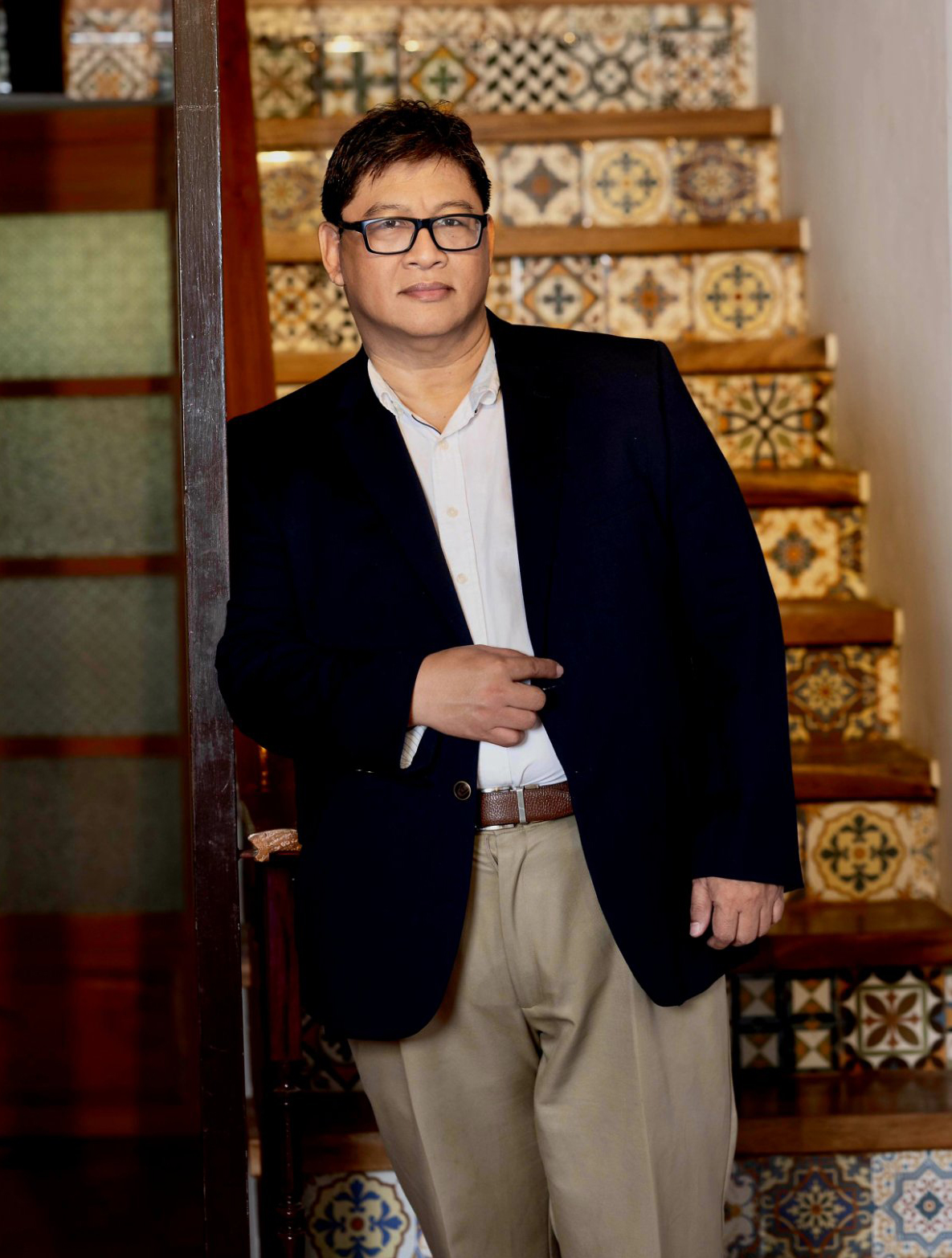
Artist Danny Reyes del Sol
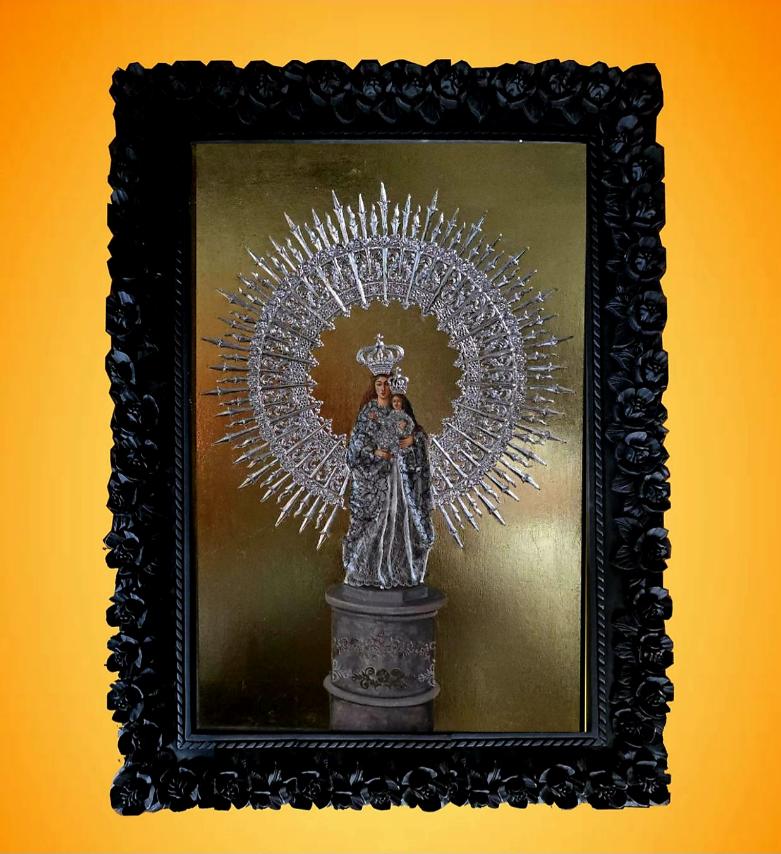
Danny Reyes del Sol’s religious iconography.
Now in its fifth year, the Visayas Art Fair has influenced a community of artists, gallerists, brokers, collectors, museum curators, and art critics—constructing a narrative that shapes how we approach and understand the artist and his work. This combination of factors, destined for popular consumption, illustrates the ways in which art and current culture have found common ground in a milieu enriched by the promise of increased revenue and the growing value of artworks.
Laurie Boquiren, Chairman of the Visayas Art Fair, elaborates on the theme, expressing a vision that celebrates the boundless imagination of unique artistic voices:
“Infinite Perspectives speaks of the countless ways artists see, interpret, and transform the world around them—reminding us that creativity knows no single point of view. Unbound Creativity embodies freedom from convention and controlled expression, allowing every artist to explore and experiment without borders.”
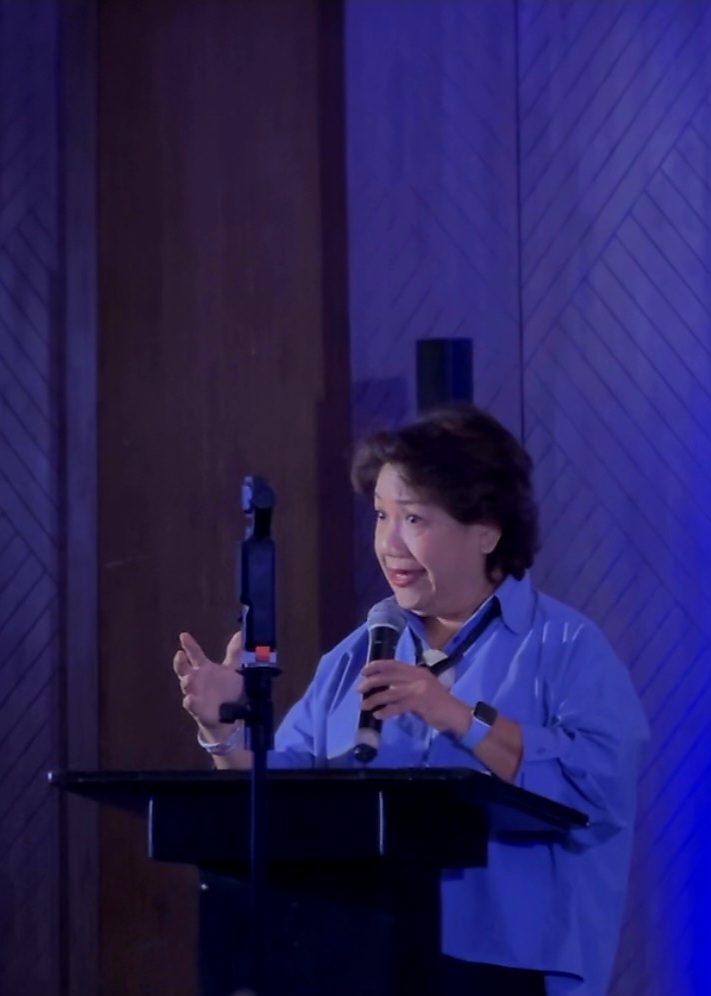
Laurie Boquiren, Chairman of the Visayas Art Fair has tirelessly championed the creative arts for the past five years.
Arts & Culture
Kultura. Kapital. Kasalukuyan: Art that Speaks of Today
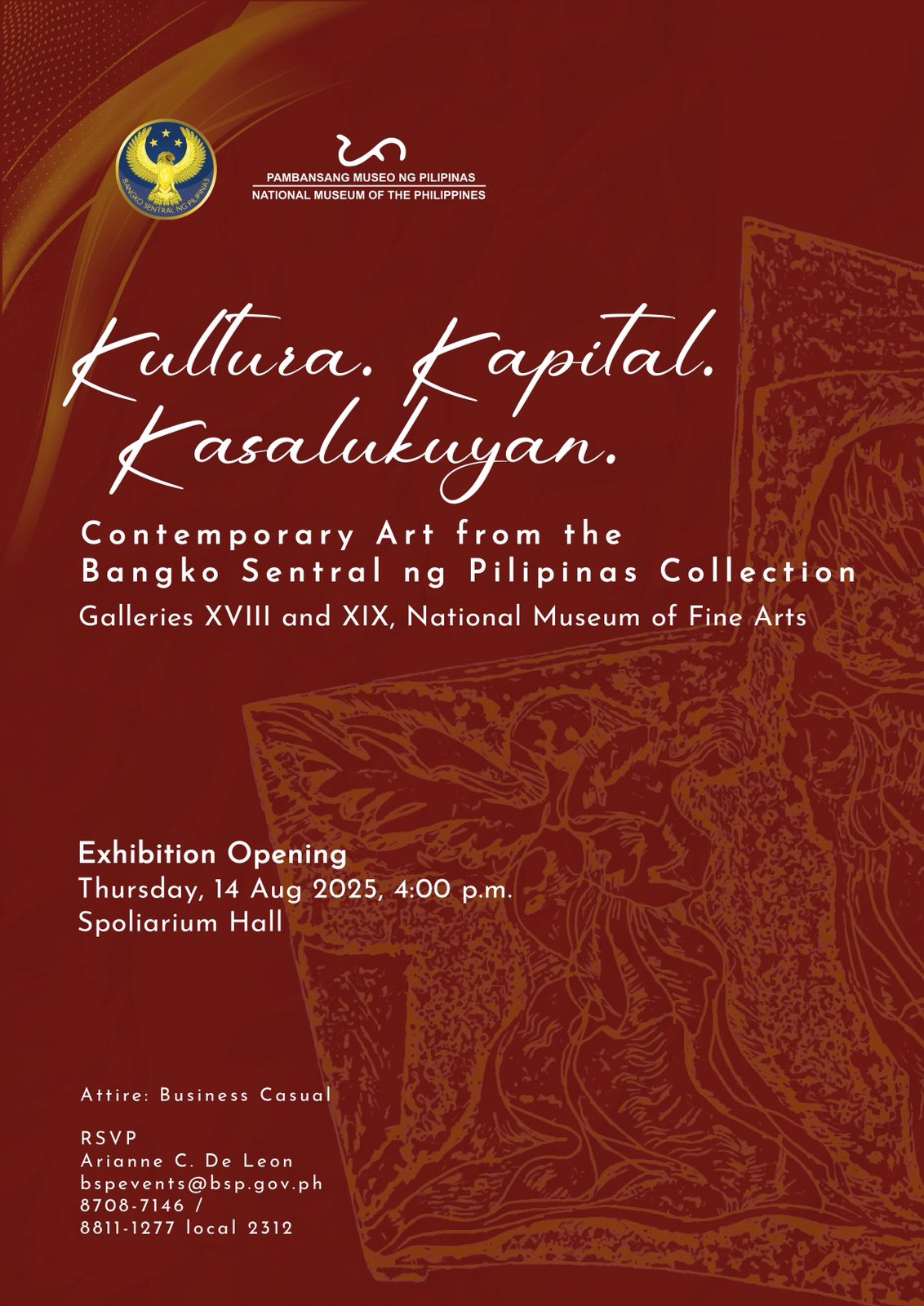
by Jose Carlos G. Campos, Board of Trustees National Museum of the Philippines
The National Museum of the Philippines (NMP) and the Bangko Sentral ng Pilipinas (BSP) recently teamed up to prove that money isn’t just for counting—it’s also for curating! Their latest joint exhibition, Kultura. Kapital. Kasalukuyan: Contemporary Art from the Bangko Sentral ng Pilipinas Collection, is now open, and it’s a real treat for art lovers and culture buffs alike.
On display are gems from the BSP’s contemporary art collection, including masterpieces by National Artist Benedicto Cabrera (Bencab), along with works by Onib Olmedo, Brenda Fajardo, Antipas Delotavo, Edgar Talusan Fernandez, and many more. Some of the artists even showed up in person—Charlie Co, Junyee, Imelda Cajipe-Endaya, Demi Padua, Joey Cobcobo, Leonard Aguinaldo, Gerardo Tan, Melvin Culaba—while others sent their family representatives, like Mayumi Habulan and Jeudi Garibay. Talk about art running in the family!
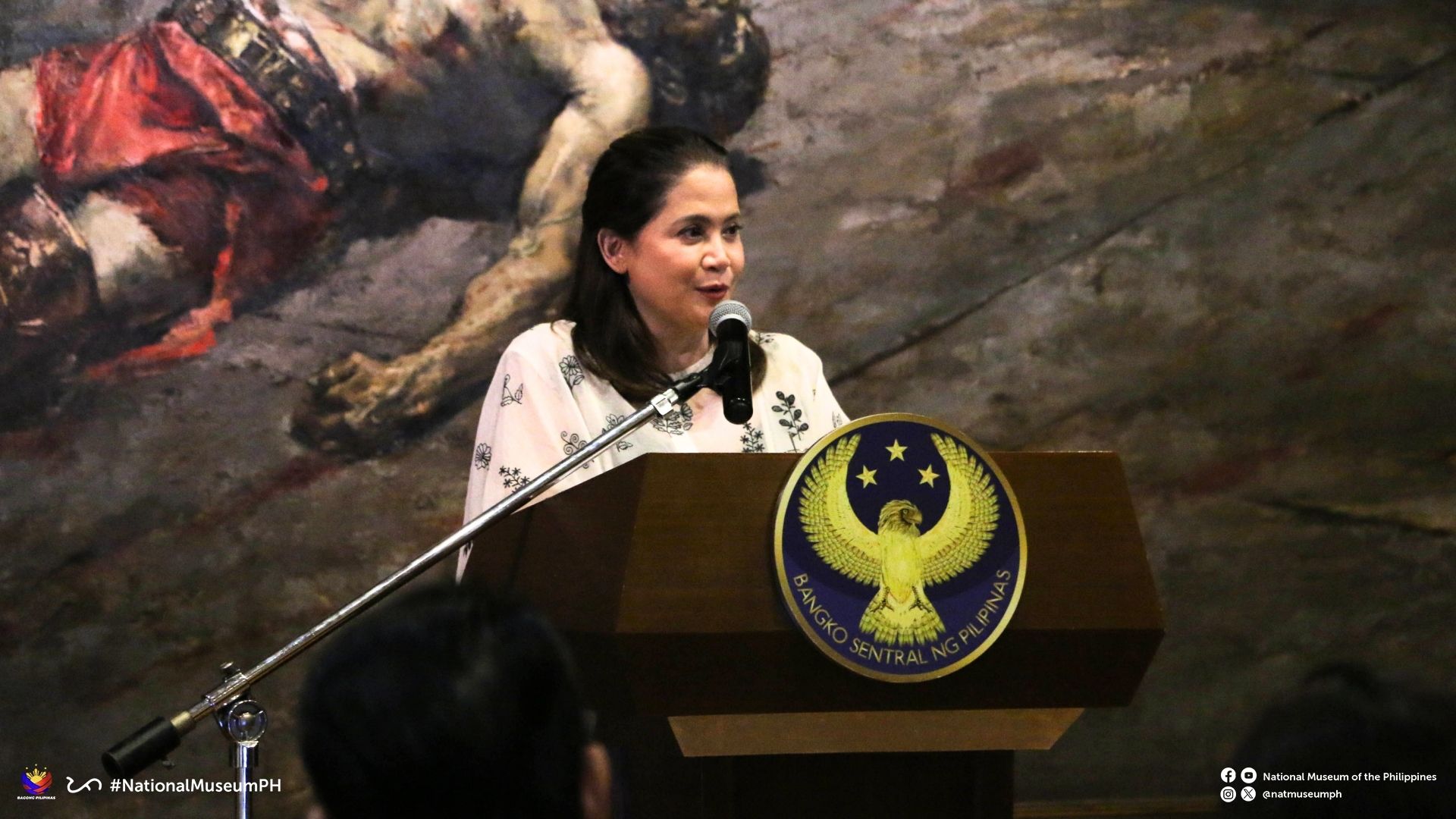
Deputy Governor General of the BSP, Berna Romulo Puyat
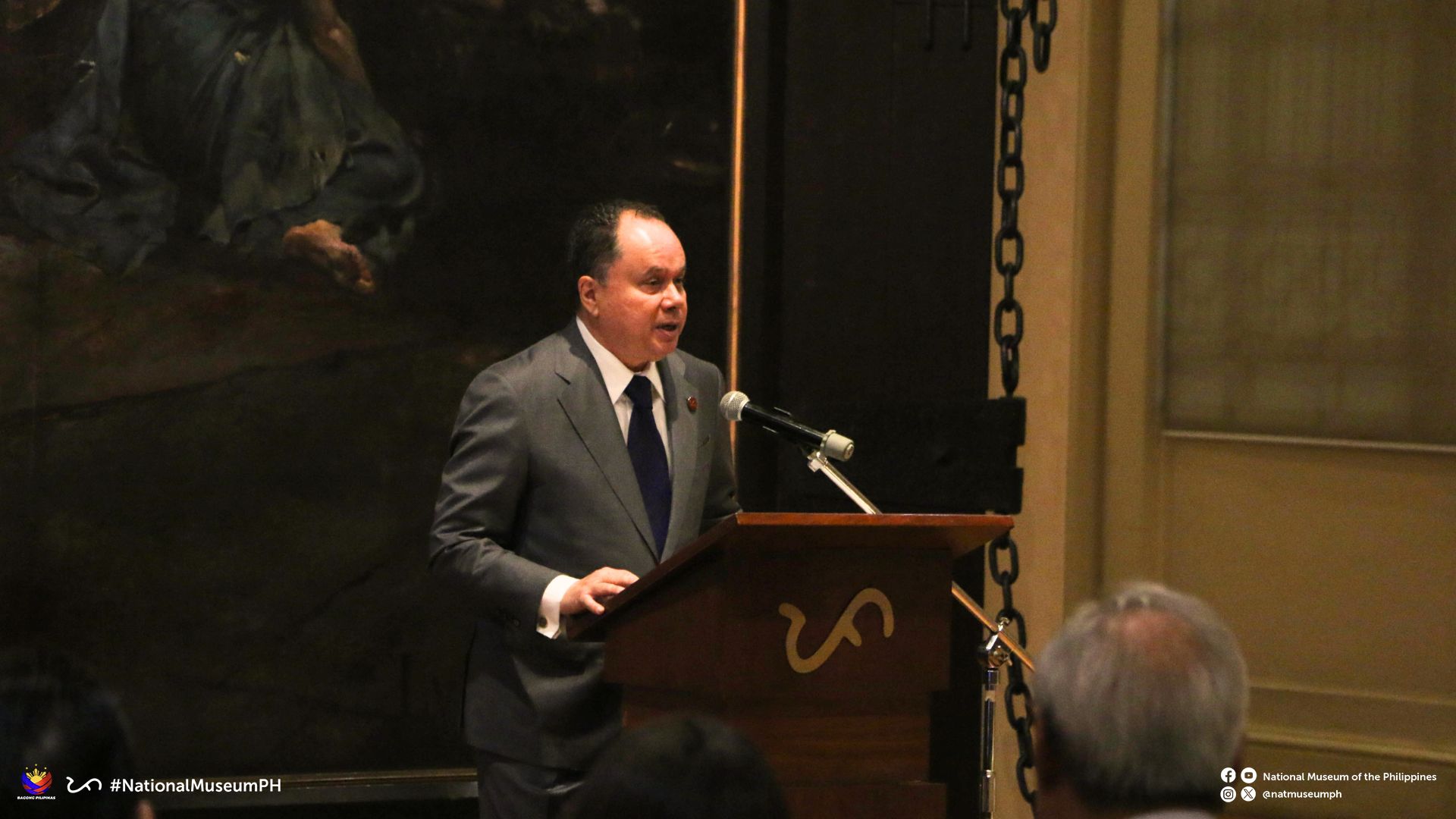
Chairman of NMP, Andoni Aboitiz
The BSP Governor Eli M. Remolona, Jr. and members of the Monetary Board joined the event, alongside former BSP Governor Amando M. Tetangco, Jr., Ms. Tess Espenilla (wife of the late Nestor A. Espenilla, Jr.), and the ever-graceful former Central Bank Governor Jaime C. Laya, who gave a short but enlightening talk about the BSP art collection.
From the NMP, Chairman Andoni Aboitiz, Director-General Jeremy Barns, and fellow trustees NCCA Chairman Victorino Mapa Manalo, Carlo Ebeo, and Jose Carlos Garcia-Campos also graced the occasion. Chairman Aboitiz expressed gratitude to the BSP for renewing its partnership, calling the exhibition a shining example of how financial institutions can also enrich our cultural wealth.
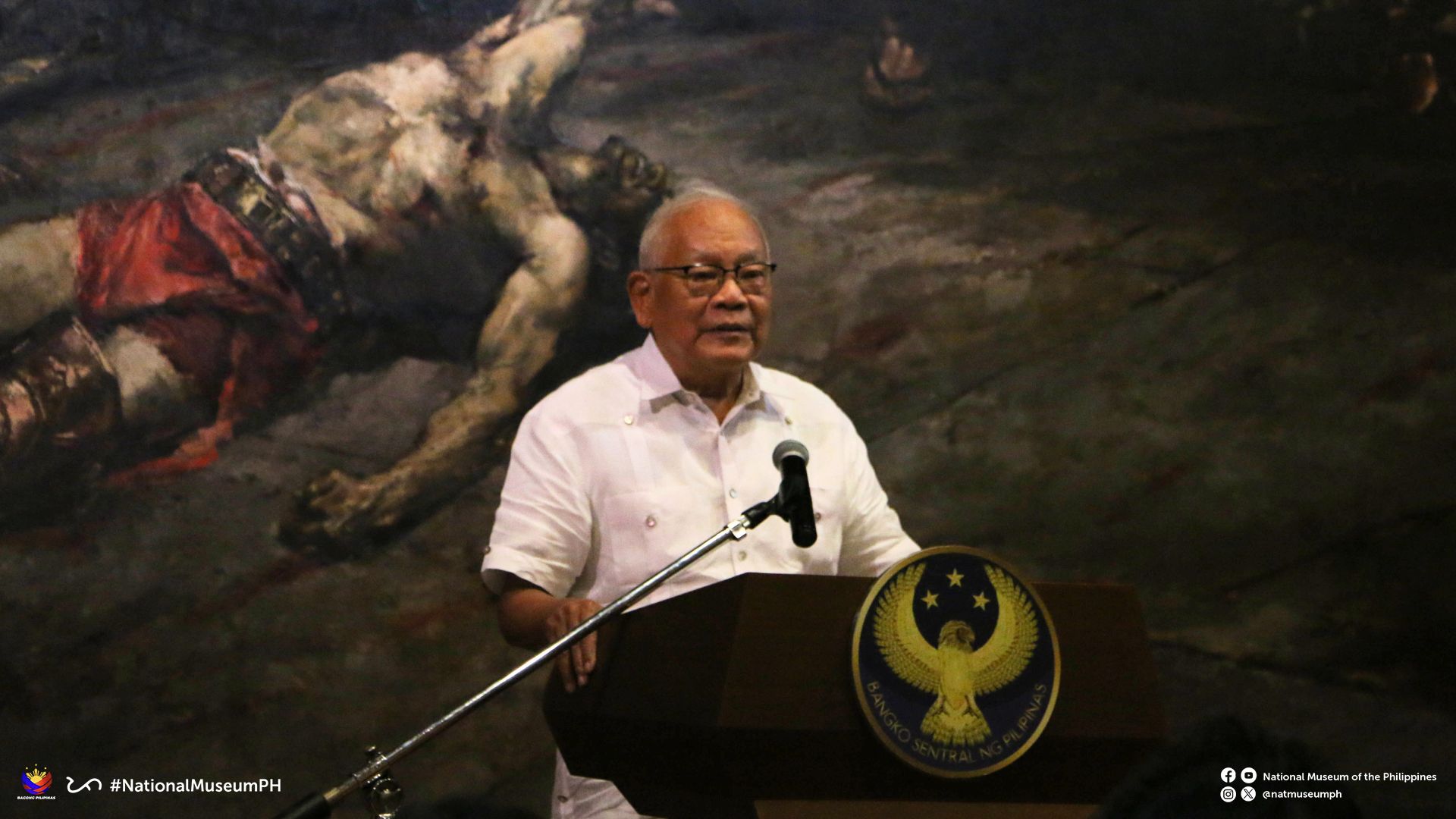
Former Governor of BSP Jaime Laya
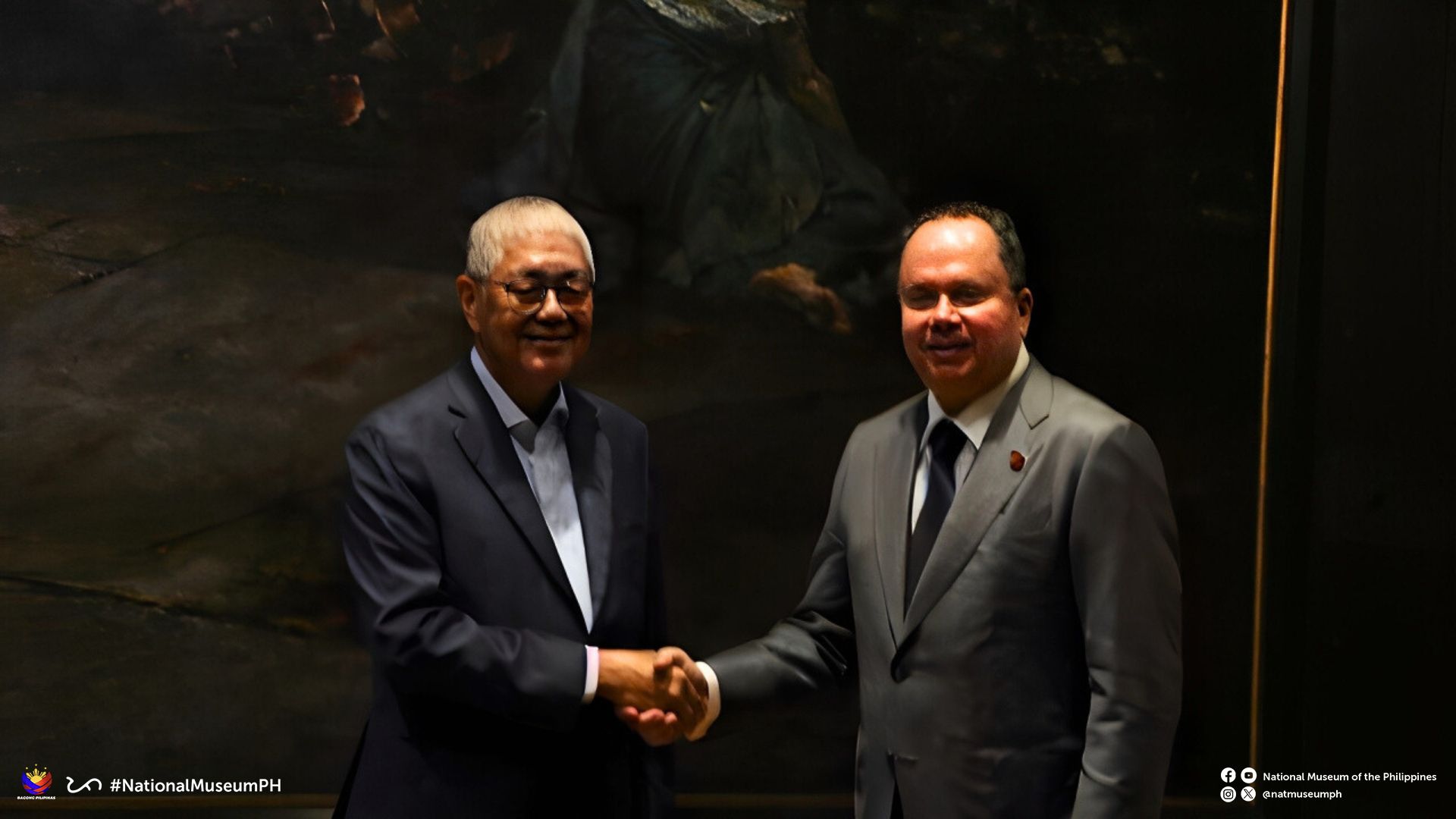
Governor of BSP Eli M. Remona and Chairman of NMP Board Andoni Aboitiz
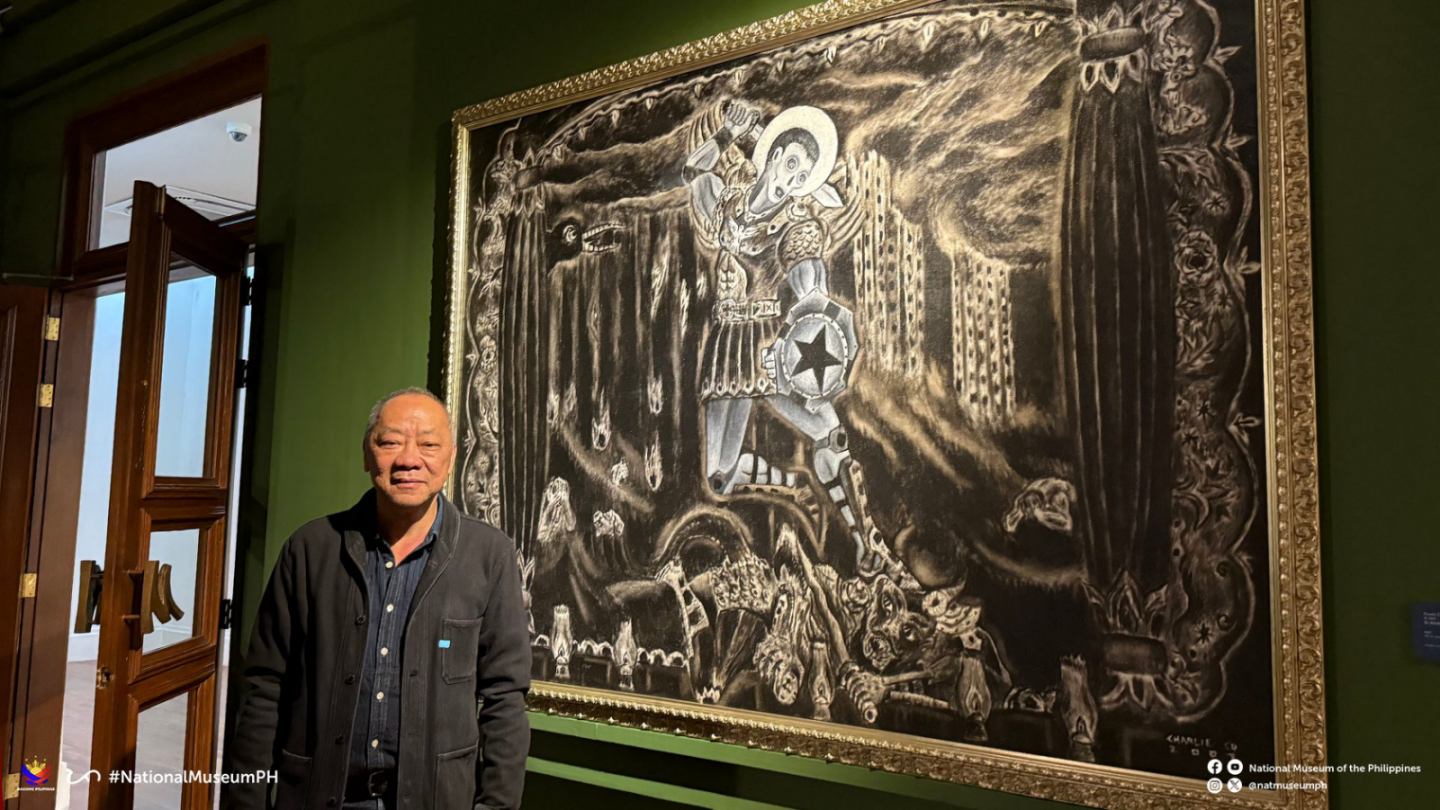
Artist Charlie Co
Before the official launch, a special media preview was held on 5 August, hosted by BSP Deputy Governor Bernadette Romulo-Puyat and DG Jeremy Barns. It gave lucky guests a sneak peek at the collection—because sometimes, even art likes to play “hard to get.”
The exhibition Kultura. Kapital. Kasalukuyan will run until November 2027 at Galleries XVIII and XIX, 3/F, National Museum of Fine Arts. Doors are open daily, 9:00 AM to 6:00 PM. So if you’re looking for something enriching that won’t hurt your wallet (admission is free!), this is your sign to visit. After all, the best kind of interest is cultural interest.
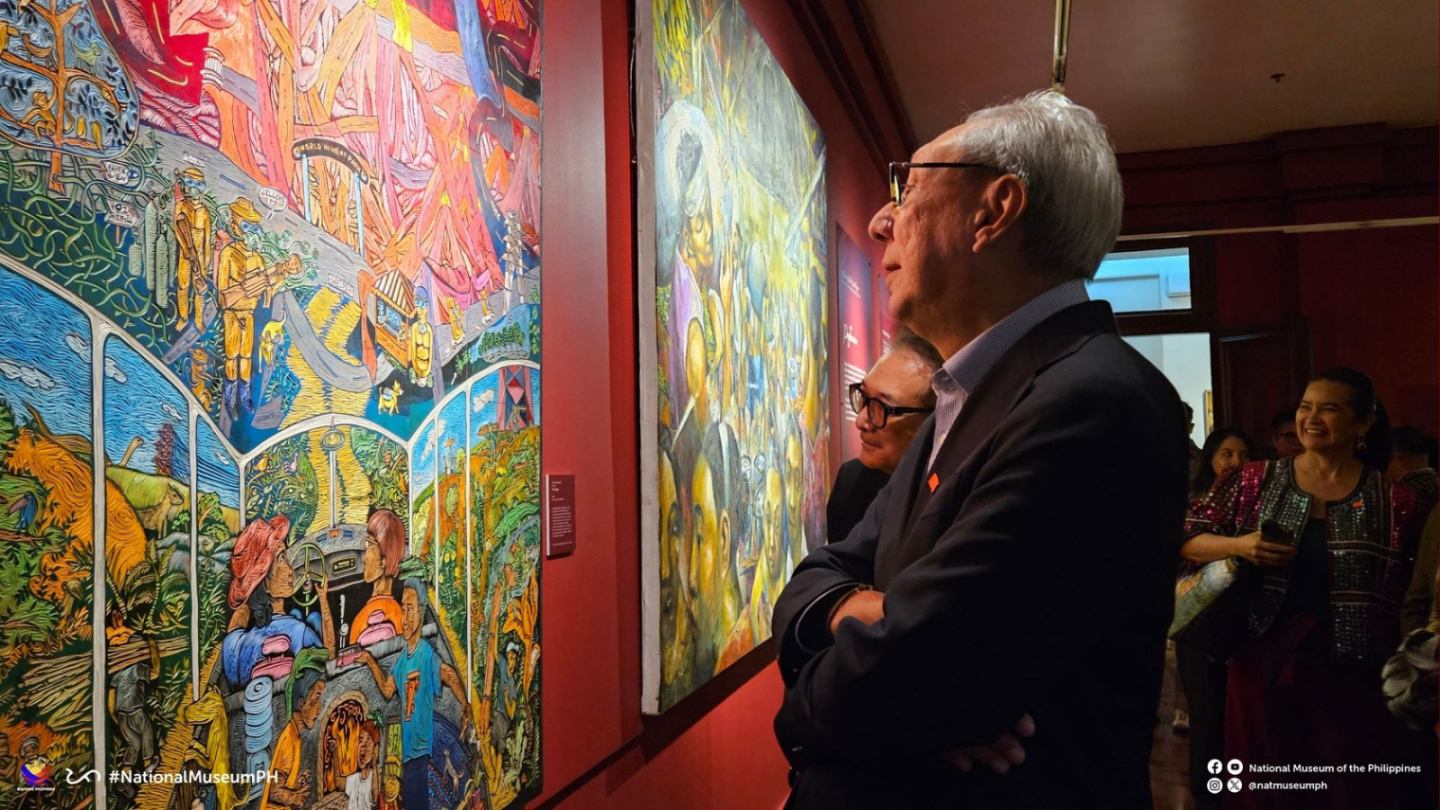
Monetary Board of the BSP, Walter C. Wassmer
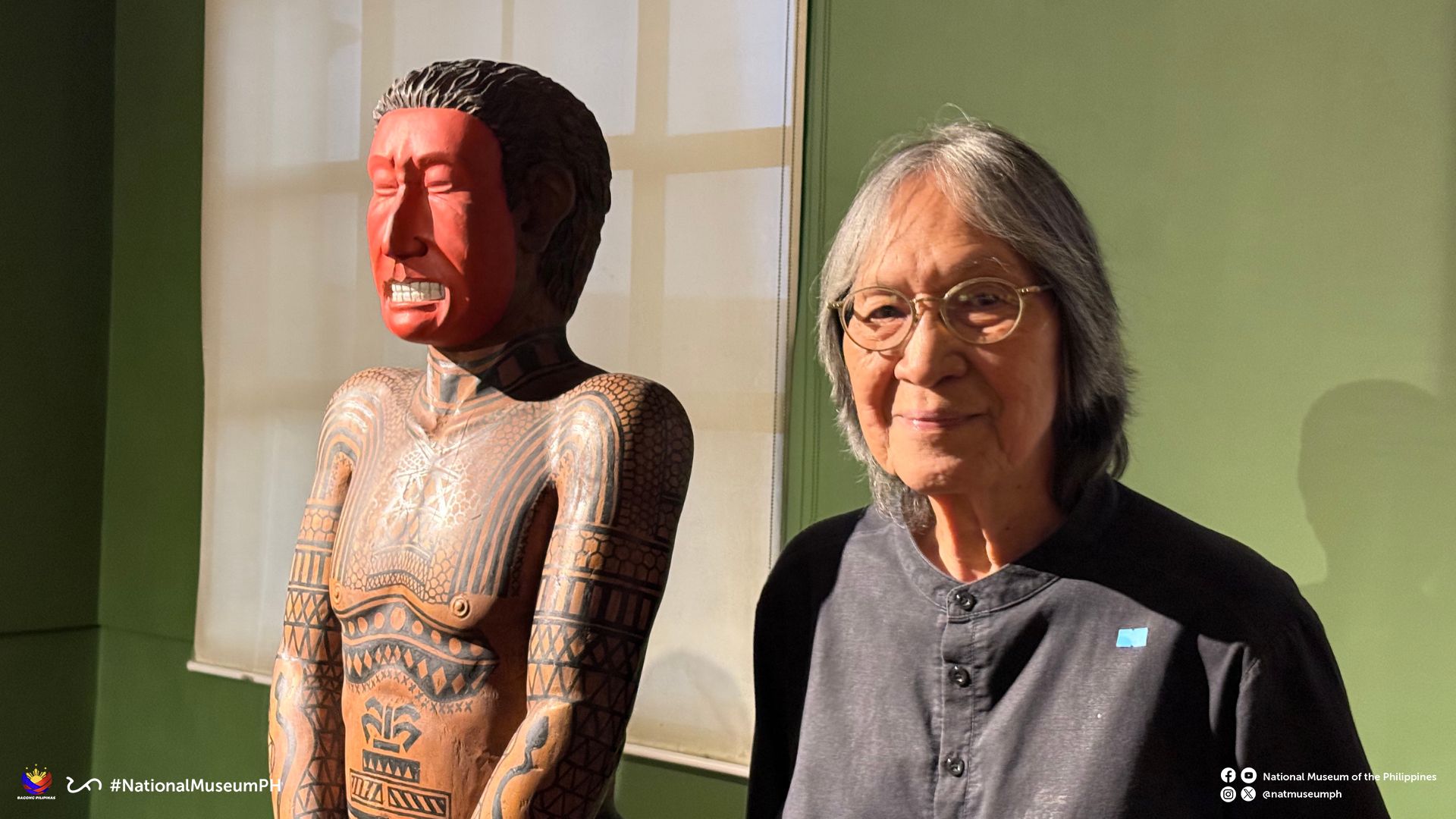
Luis Yee, Jr. aka ‘Junyee’ The Artist beside his Sculpture
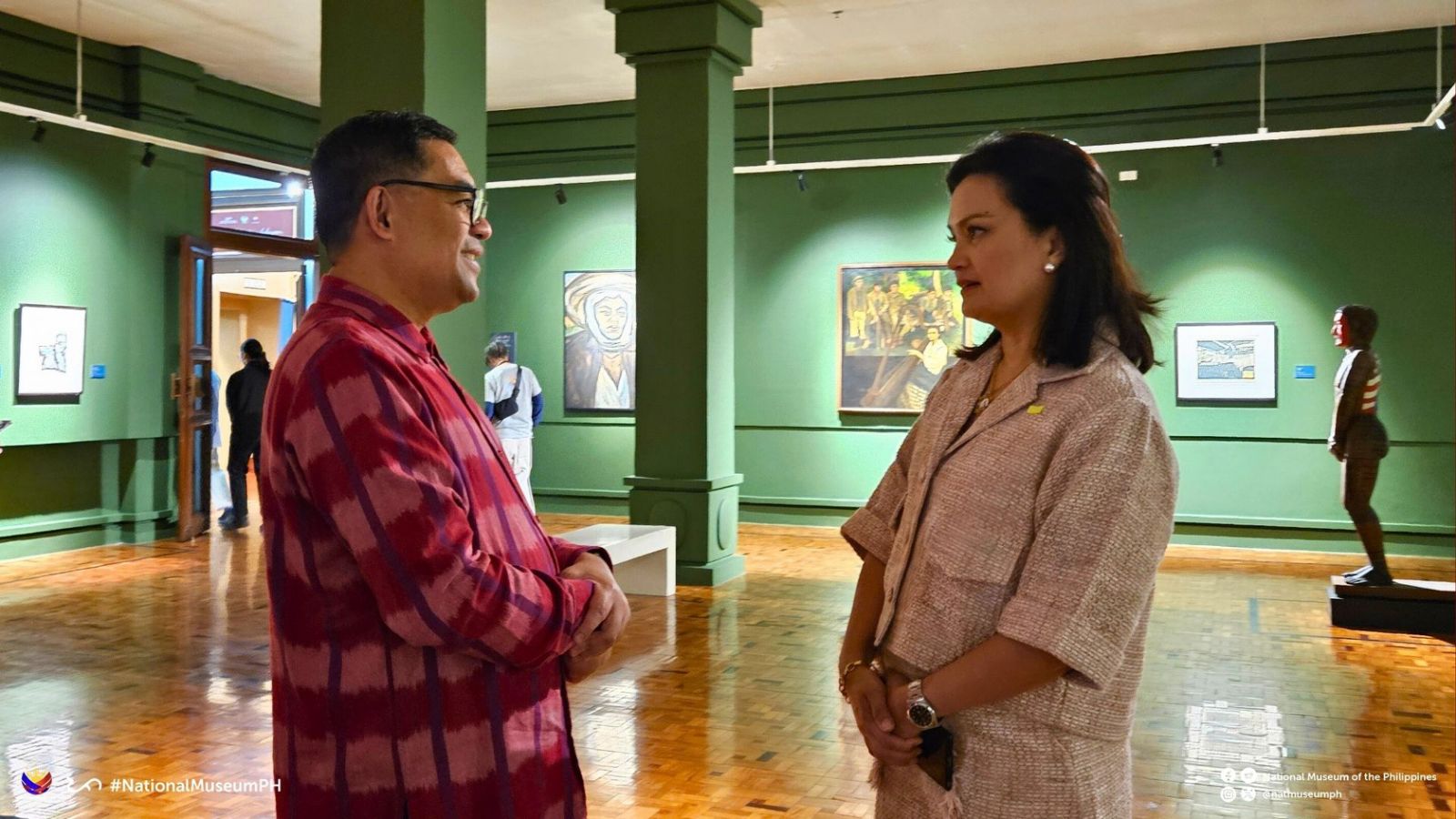
Arvin Manuel Villalon, Acting Deputy Director General for Museums, NMP with Ms. Daphne Osena Paez
Arts & Culture
Asia’s Fashion Czar I Knew as Tito Pitoy; Remembrance of a Friendship Beyond Fashion with Designer Jose R. Moreno
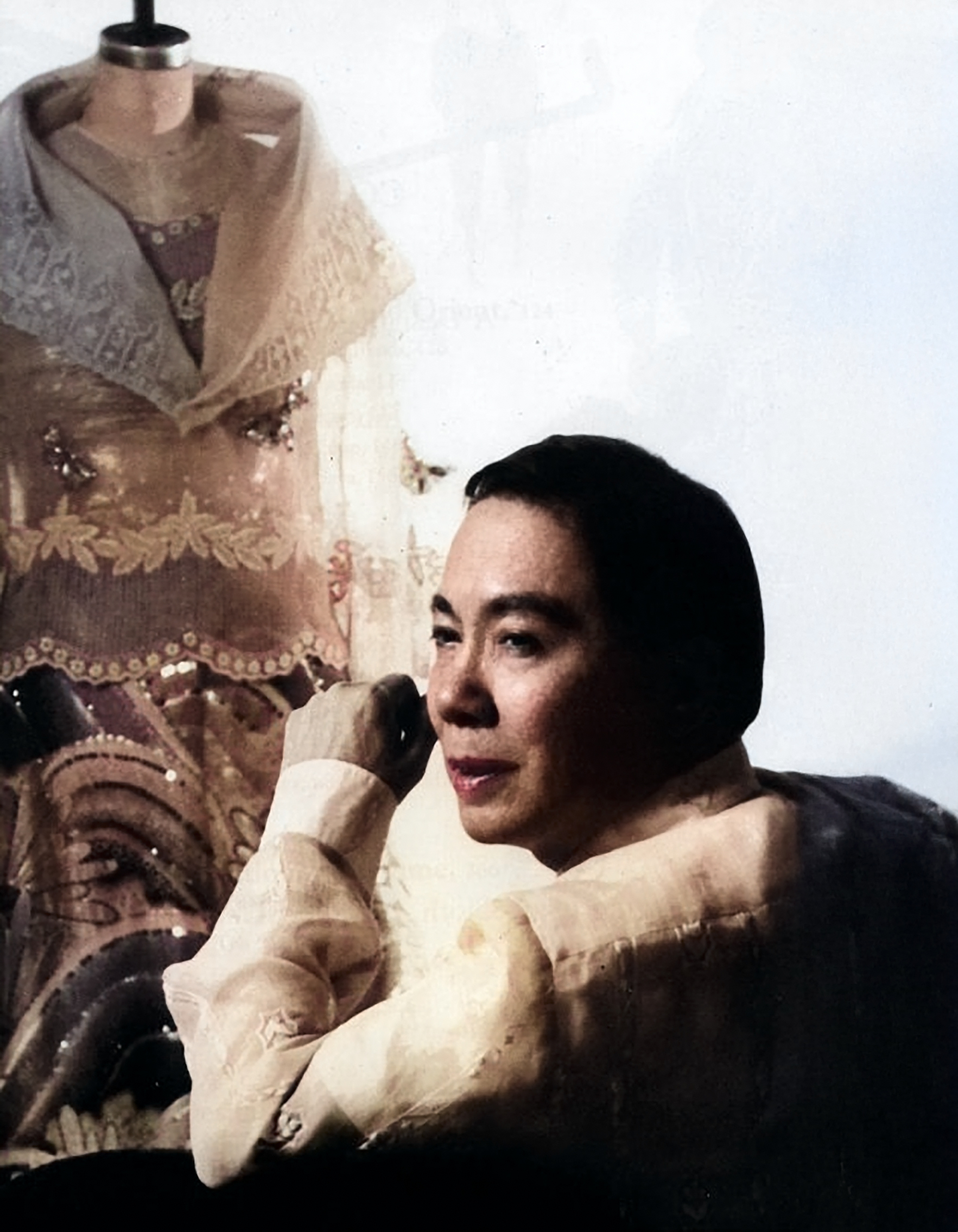
by Jose Carlos G. Campos, Board of Trustees National Museum of the Philippines
My childhood encounter with the famous Pitoy Moreno happened when I was eight years old. My maternal grandmother, Leonila D. Garcia, the former First Lady of the Philippines, and my mother, Linda G. Campos, along with my Dimataga aunts, brought me to his legendary atelier on General Malvar Street in Malate, Manila. These were the unhurried years of the 1970s.
As we approached the atelier, I was enchanted by its fine appointments. The cerulean blue and canary yellow striped canopies shaded tall bay windows draped in fine lace—no signage needed, the designer’s elegance spoke for itself. Inside, we were led to a hallway adorned with Art Deco wooden filigree, and there was Pitoy Moreno himself waiting with open arms—”Kamusta na, Inday and Baby Linda,” as he fondly called Lola and Mommy.
“Ahhh Pitoy, it’s been a while,” Lola spoke with joy.
“Oh eto, may kasal na naman,” my mom teasingly smiled.
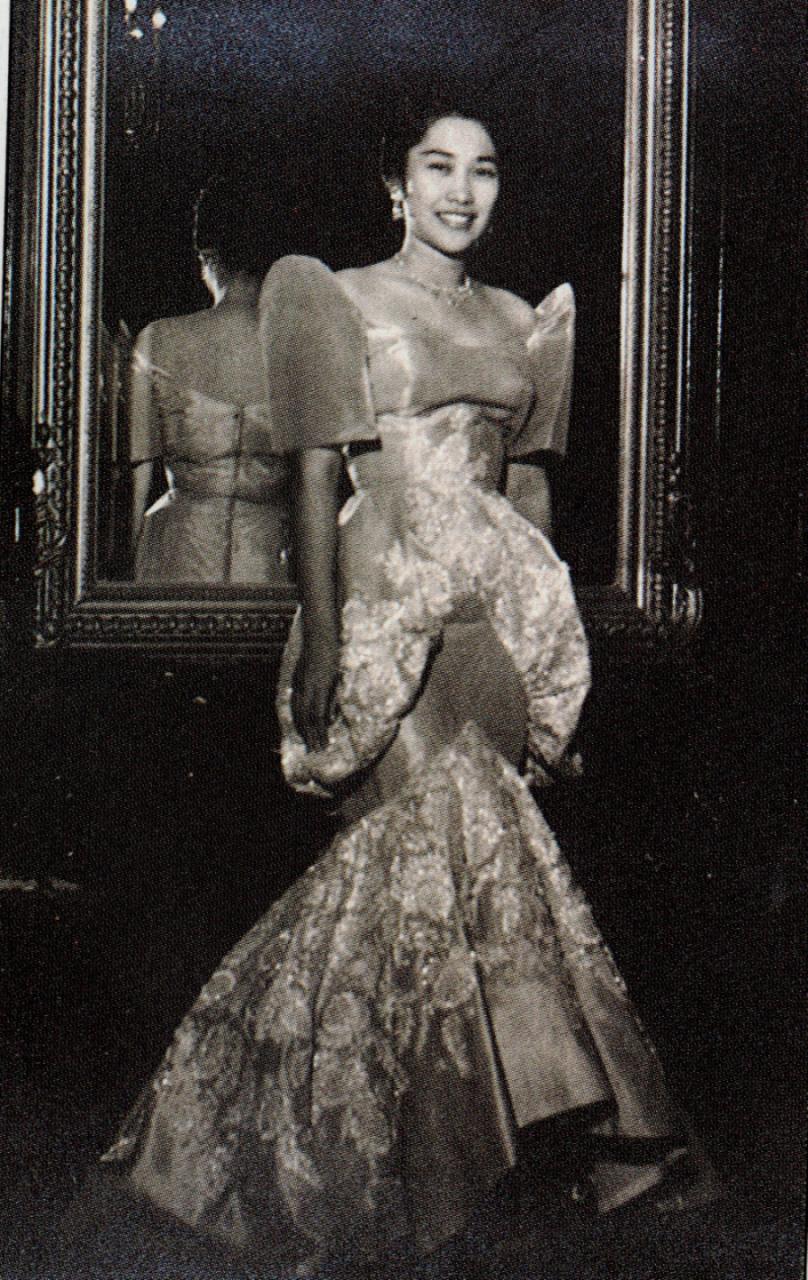
Linda Garcia Campos and Pitoy Moreno’s friendship started when they were students in the University of the Philippines in Diliman.
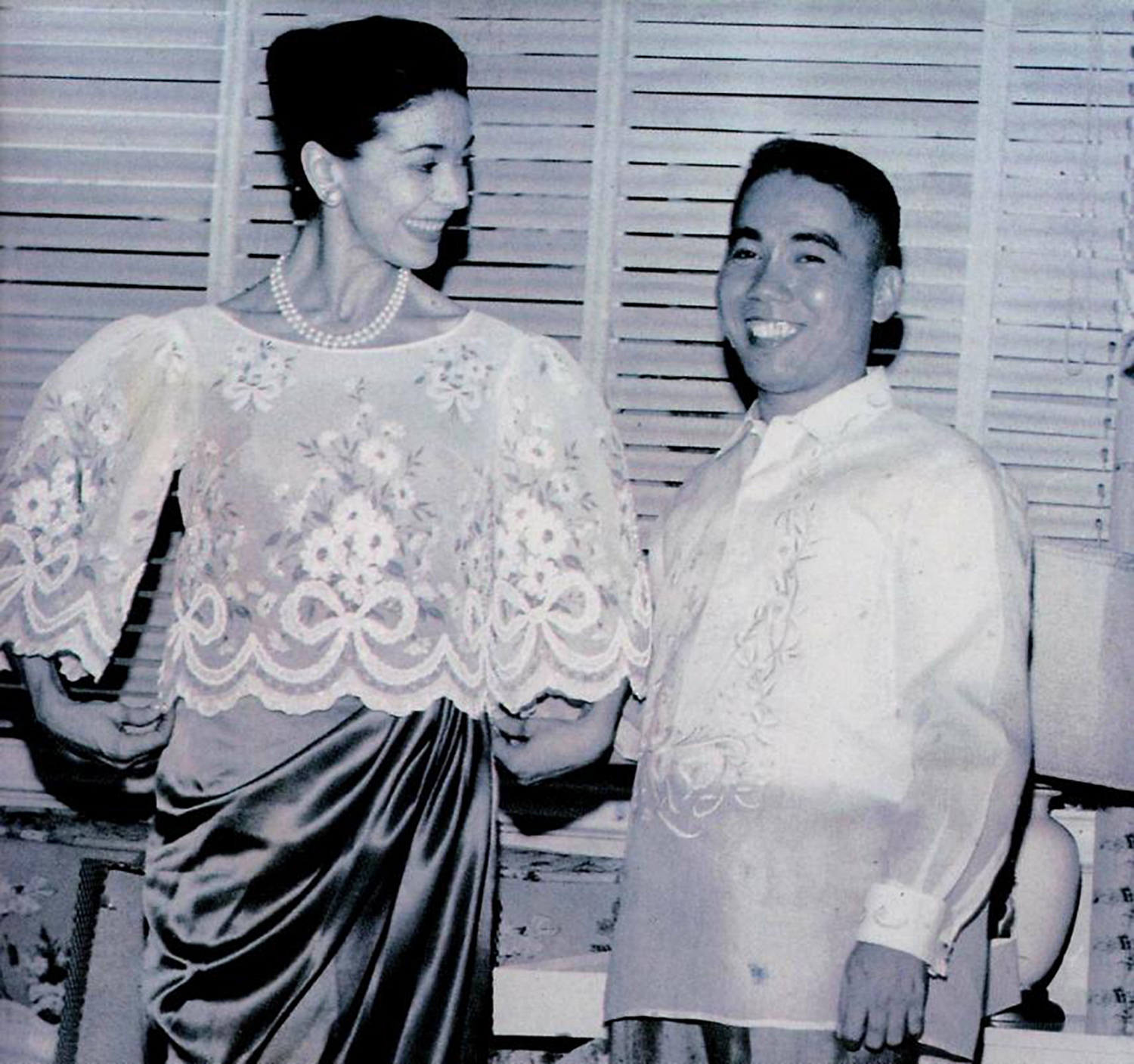
When Dame Margot Fonteyn came for a visit to Manila, Pitoy Moreno dressed her up for an occasion.
We had entered a world of beauty—porcelain figurines, ancient earthenware and pre-colonial relics. It was like stepping into a looking glass, only Pitoy could have imagined.
Destiny led me back years later when my mother Linda told me that Pitoy Moreno was working on his second book, Philippine Costume, and needed research material and editorial advice. At this point, around the 1990s, I was in between assignments—unsure of how a broadcasting graduate like me could possibly contribute to a fashion icon’s masterpiece. Fortunately, I agreed to the project.
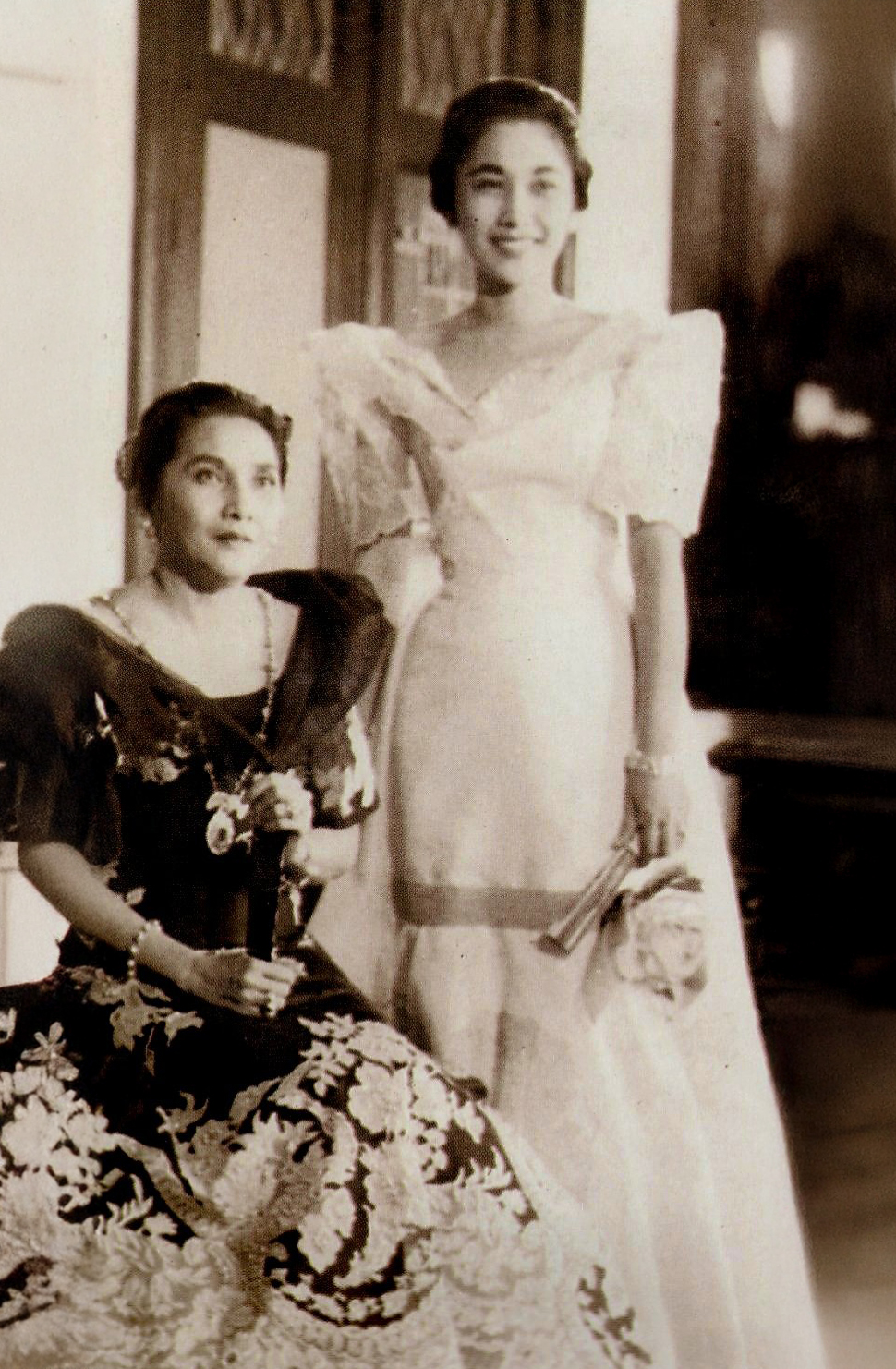
Former First Lady Leonila D. Garcia and daughter Linda G. Campos in Malacañang Palace.
Returning to the designer’s atelier brought back a rush of pleasant memories. The gate opened, and there stood Pitoy Moreno, beaming as always.
“Come in, hijo. Let me show you what I have in mind—and call me Tito Pitoy, okay?”
He led me to his worktable.
“I want to publish a book that tells the story of Philippine fashion—from our pre-colonial roots to the present. A designer’s collection of images and heritage expressed in clothing.”
I was awestruck. “How can I help you?” I inquired.
“Did you know that your mother, Linda, was my barkada in the University of the Philippines in Diliman?” he grinned.
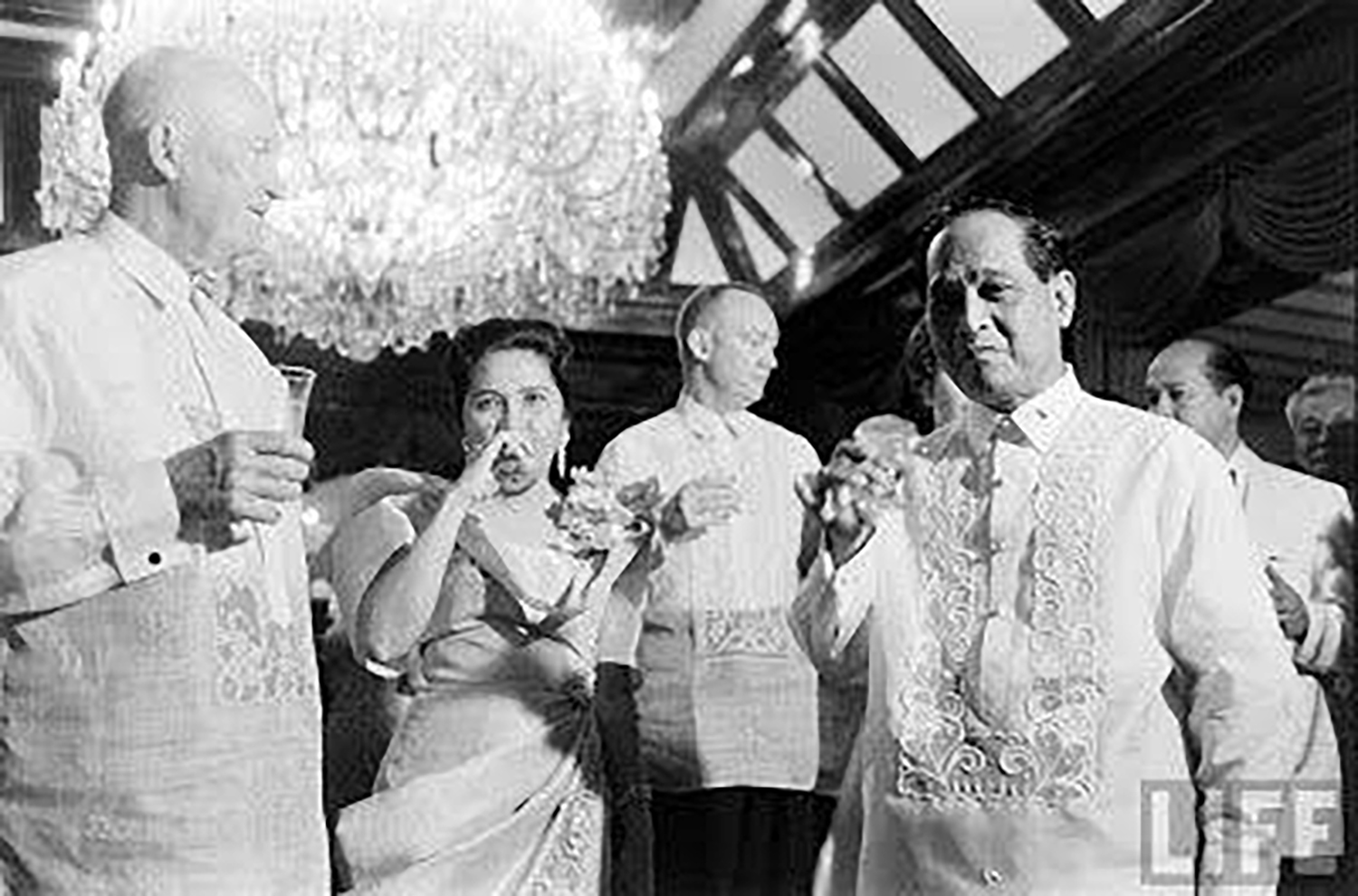
US President Dwight Eisenhower with First Lady Leonila Garcia and President Carlos Garcia in a state dinner at Malacañang Palace in Manila.
That friendship soon led to one of the proudest moments of the designer’s life. He had the opportunity to dress not only the First Lady Leonila D. Garcia but also President Carlos P. Garcia during his term. It was also during this time that the President of the United States, Dwight Eisenhower, came for an official visit to Manila. The designer was able to make clothes for the President, his daughter, and his staff.
“Eisenhower even asked for discounts on the barong Tagalog,” Tito Pitoy laughed.
Tito Pitoy then asked if I could find a terno he had made for my Lola, the former First Lady, which she wore for President Eisenhower’s state visit in 1960.
“How about her other ternos, dated from the 1920s to the 1960s?” I offered.
He lit up.
I scoured my Lola’s extensive closet—it felt like unearthing a legacy. Tucked behind layers of vintage ternos from countless fashion designers, I found that terno, which was photographed by Dick Baldovino along with other pieces for the book project. Once the project was finished and I myself had moved on, my bond with Tito Pitoy never wavered.
When my Lola passed away, he was deeply touched when I personally informed him of the sad news. Once, at the wake of former Vice President Salvador Laurel, he asked me to assist him in the placement of the medals in the chapel.
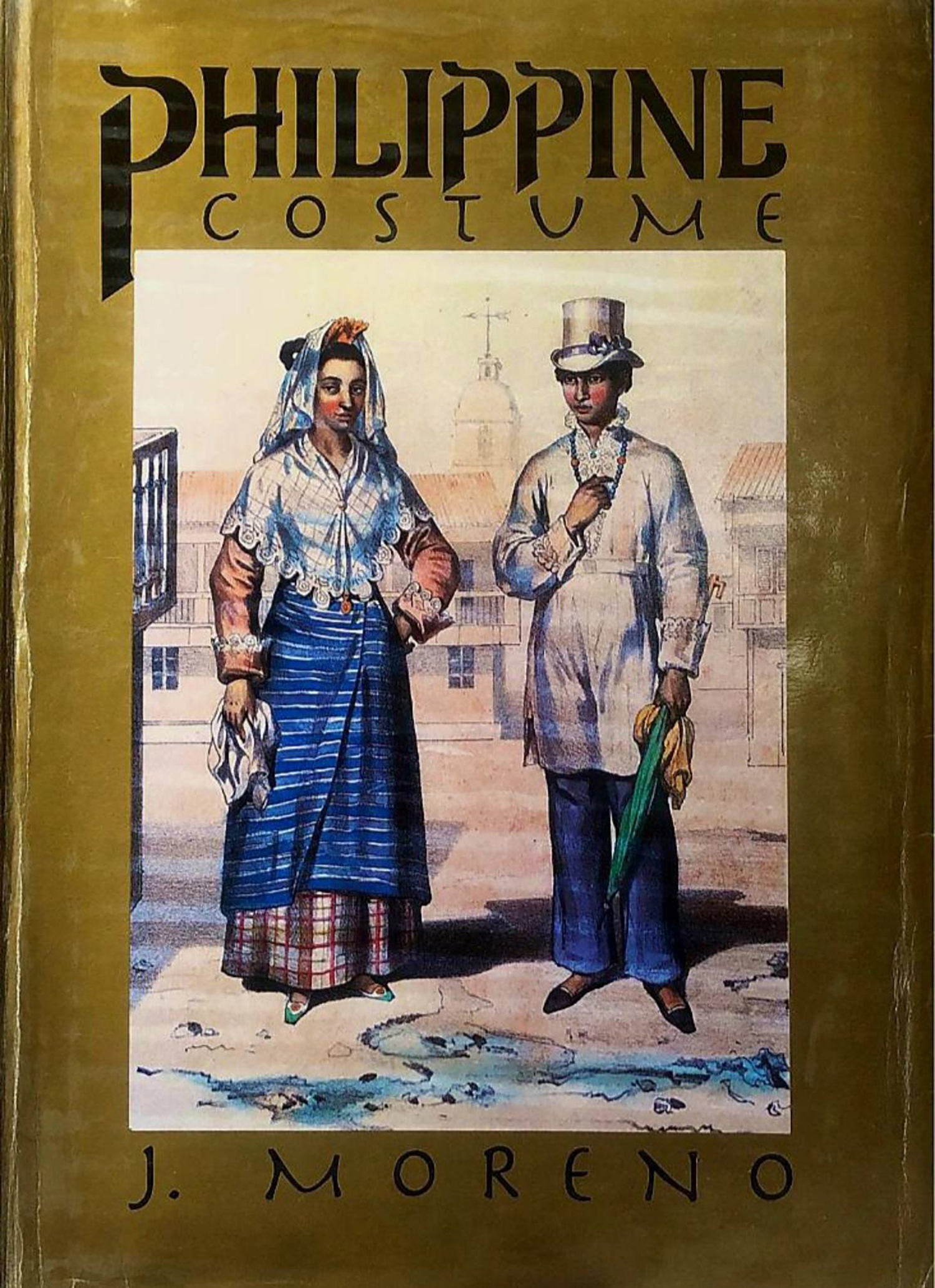
Philippine Costume by Jose Moreno is the designer’s collection of images and heritage expressed in clothing.
Tito Pitoy later invited me to his 80th birthday celebration—a dazzling Manila affair in 2012. During the evening’s festivities, he handed me a printed copy of Philippine Costume and added warmly,
“Thank you, hijo. I’ll call on you for the next one.”
The highlight of his career—and his most unforgettable moment—came during the Metro Magazine Gala fashion show: A Tribute to Pitoy Moreno, Fashion Icon. A collection of evening gowns spanning six decades—many of them unseen and tucked away in his atelier—were revealed that night. When the finale came, Tito Pitoy walked the stage, triumphant and waving to a sea of admirers. Longtime friends from the industry, society’s finest, and fashionistas rose from their seats and gave him a standing ovation.
It wasn’t just to celebrate his craft and ingenuity—it was to honor the man who brought elegance, history, and heart in every stitch.
-

 Style2 months ago
Style2 months agoHappy Melendres Traipsing Around Manhattan in Non-Stop Armani
-

 Arts & Culture2 months ago
Arts & Culture2 months agoKultura. Kapital. Kasalukuyan: Art that Speaks of Today
-
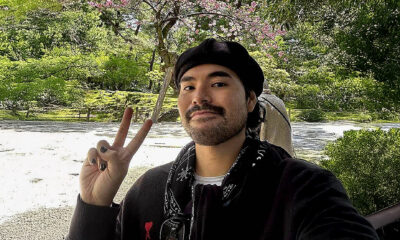
 Prime Target1 month ago
Prime Target1 month agoMiko Sarmiento: Turning Silk Scarves Into Works of Art
-
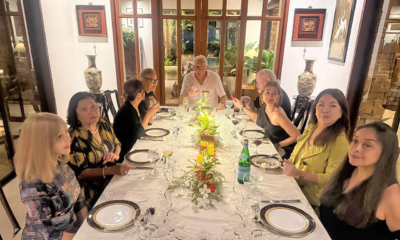
 The Scene2 months ago
The Scene2 months agoAnother Elegant Dinner at Chez Marguerite
-

 Arts & Culture2 weeks ago
Arts & Culture2 weeks agoVisayas Art Fair Year 5: Infinite Perspectives, Unbound Creativity
-

 Prime Target2 months ago
Prime Target2 months agoLuna Vdl–Endless Summers in Siargao
-

 The Scene2 months ago
The Scene2 months agoA Stylish Soirée: Cebu’s Elite Celebrate Jackie Deen Lotzoff at Mad Thai
-

 QuickFx2 months ago
QuickFx2 months agoI Lost It at the Movies: Five of the Most Significant Films of the 1960s


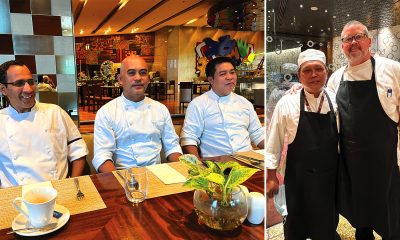



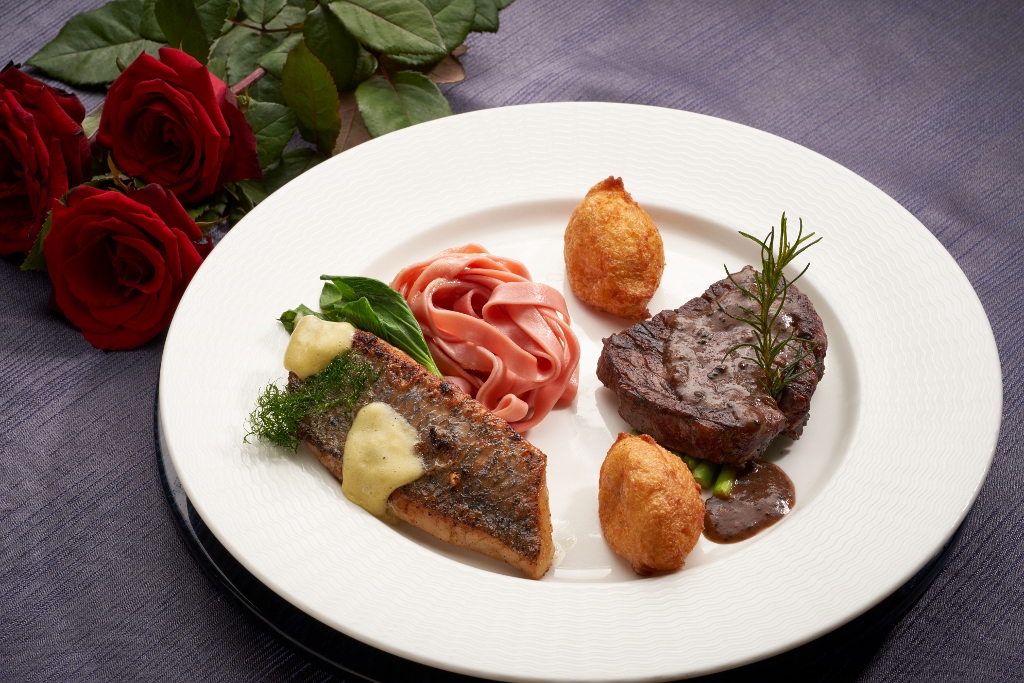
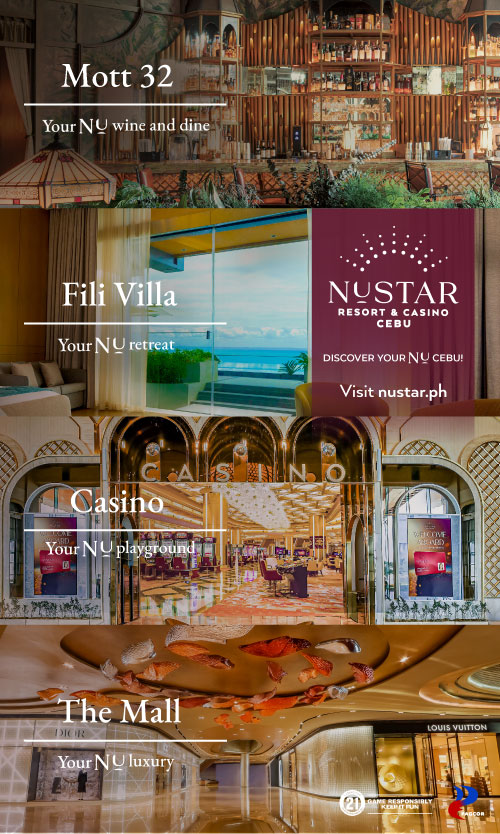


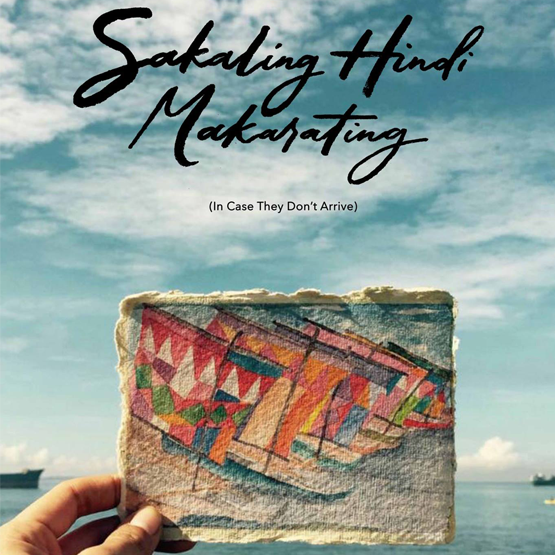




You must be logged in to post a comment Login